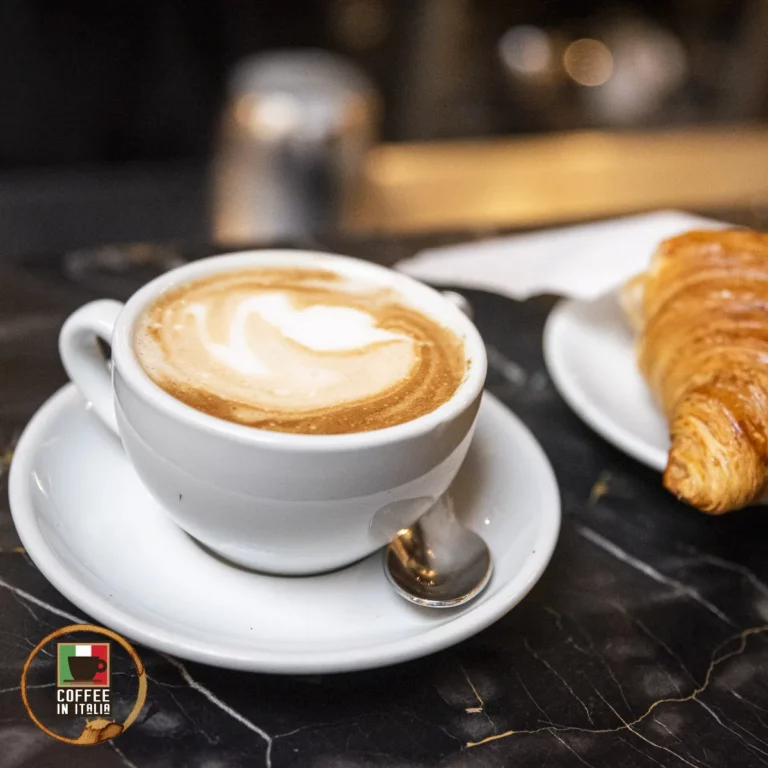How Can Italian Coffee Culture Influence The Globe?
It would be difficult to overstate the importance of Italian coffee culture and its influence around the world, but the examples of this are everywhere.

Italian coffee culture is rooted in tradition and innovation and has significantly influenced the global coffee industry. From its groundbreaking espresso technology to its cultural rituals, Italy’s impact extends beyond its borders, shaping how coffee is prepared, consumed, and appreciated worldwide.
Historical Origins Of Italian Coffee Culture
Coffee reached Italy through Venice in the 16th century and quickly became a staple of Italian social life. Italian coffeehouses, like the iconic Caffè Florian in Venice and Antico Caffè Greco in Rome, played a vital role as hubs for cultural and political discussion. Unlike other European establishments, Italian cafés welcomed diverse patrons, fostering a culture of inclusivity and community.
An Espresso Revolution
Italy’s defining contribution to coffee culture is the invention of espresso. In 1901, Luigi Bezzera patented the first machine capable of producing concentrated coffee quickly, giving rise to espresso.
Francesco Illy refined this technology in the 1930s, making espresso a global phenomenon. This innovation not only changed the way coffee was brewed but also laid the foundation for espresso-based beverages like cappuccinos and lattes.

Hallmarks Of Italian Coffee Culture
In Italy, coffee is deeply ritualistic. Italians typically start their day with a cappuccino and transition to a different espresso drink for the rest of the day. Standing at a bar for a quick espresso is a hallmark of Italian coffee culture, emphasizing efficiency and social connection.
Milky coffees are strictly reserved for mornings, and coffee-to-go was a rarity. This small piece of Italian coffee culture was influenced by the pandemic, and while it isn’t very popular, it continues to grow.
Global Influence of Italian Coffee Culture
Espresso became a cornerstone of global coffee culture. It revolutionized coffee preparation, leading to the development of popular drinks like macchiatos, cappuccinos, and Americanos. Modern coffee giants, including Starbucks, owe much to the Italian espresso tradition.
Italian espresso bars in particular inspired the creation of similar establishments worldwide. These venues, emphasizing quick service and quality coffee have become cultural staples in countries far removed from Italy.

How Italian Coffee Culture Influenced Starbucks
Starbucks, one of the world’s most recognized coffee brands, owes much of its identity and success to Italian coffee culture. When Howard Schultz, Starbucks’ CEO, visited Milan in 1983, he was captivated by the vibrant coffee bar scene, where cafés were not just places to grab coffee but integral to community life. This experience became the basis for Starbucks’ design from a retail bean seller to a global café chain.
Schultz noticed the deep sense of community in Italian espresso bars, where baristas and customers shared meaningful interactions. He envisioned bringing this sense of culture and connection to the U.S., leading to the introduction of Starbucks’ first espresso-based drinks and the creation of coffeehouses that offered more than just beverages, they became social spaces, inspired by Italian cafés.
Before attempting to copy the Italian coffee culture, Starbucks and similar coffee bars sold whole-bean coffee and equipment, with no café service. The idea of creating a menu centered around espresso-based drinks, such as lattes and cappuccinos, led to the growth of beverages well beyond anything in Italy.
The sugar laden drinks with syrups and whipped cream hardly resemble what you can choose from in Italy, but it does cater to an international customer base that has probably never been to Italy.

How Starbucks (And Others) Influenced Italian Coffee Culture
I can identify two different experiences that show how Italian coffee culture can be influenced from abroad, and I would suggest that it isn’t for the better. Prior to Starbucks arriving in Italy, their influence was felt through the tourists who came to Italy and weren’t aware of real Italian coffee culture.
One example was when I would go to a bar in a touristy area, like Termini Train Station, and ask for a caffè. I noticed that baristas began to check to confirm I meant an espresso, instead of some american version of a coffee.
The other is the growth of the “Flat White”. I believe that this coffee drink originated in the U.K., a country not associated with coffee. I’ve seen it added to drink boards all around Italy even though it is similar to a caffè latte and does not fill any gap in traditional Italian coffee offerings.

Full Circle: Starbucks Entering Italy
Despite its Italian influence, Starbucks waited until 2018 to open its first store in Italy. Schultz described the venture as a “homecoming”, emphasizing the brand’s respect for Italian traditions. The Milan Starbucks Reserve Roastery was meticulously designed to honor (i.e. “copy”) Italian coffee culture.
While Starbucks is somewhat popular in Italy today, my experience is that it is only filled with tourists and young people. Italians might like to give it a try, as something different, but there is no chance it can replace such a deep rooted cultural tradition as an Italian coffee bar.
For more information about Italian Coffee Culture Influence worldwide:
- Italian Coffee Culture: Tradition, Taste And Community.
- A Suspended Coffee For Your Fellow Coffee Drinker.
- The Best Italian Coffee Drinks That You Will Love.
- How To Order Coffee In Italy – Our Helpful Guide.
- These Are The Best Italian Coffee Cities For Culture.
- Italian Coffee Roasting Profiles Are As Diverse As Italy.
- How Do Italian Values Influence Italian Coffee Culture?
- What Does Coffee Say About Social Class In Italy?
- The Influence Of Tourism On Coffee Culture In Italy.






